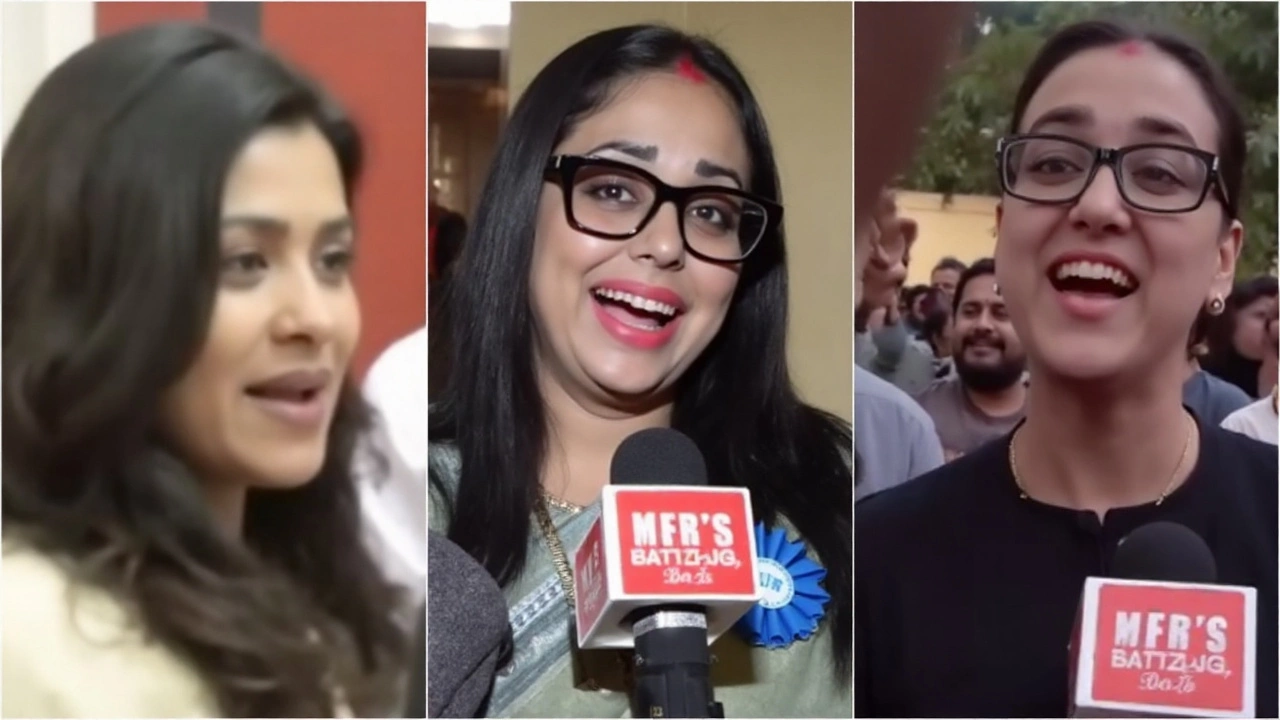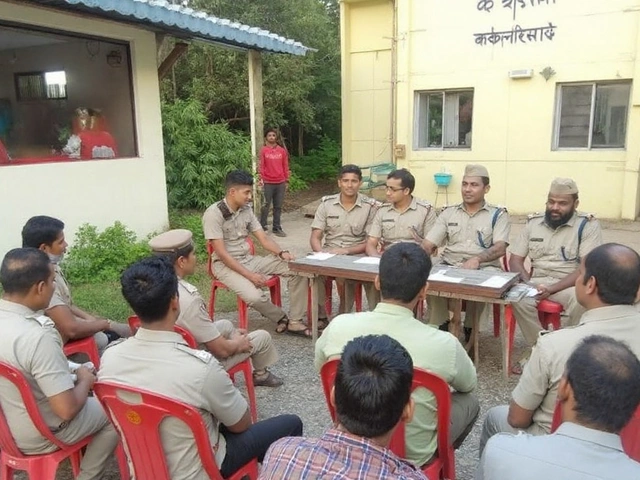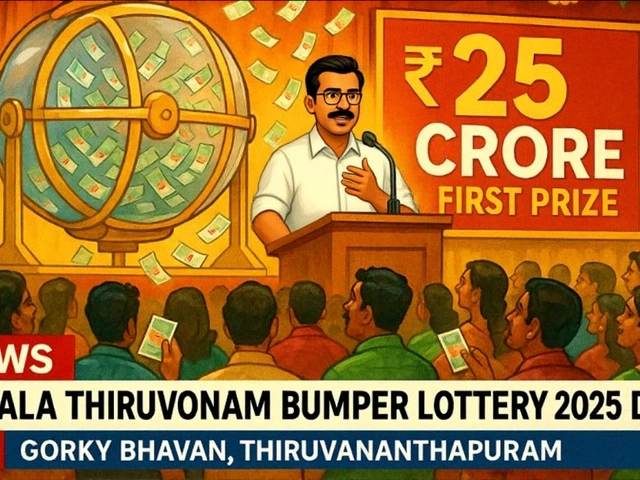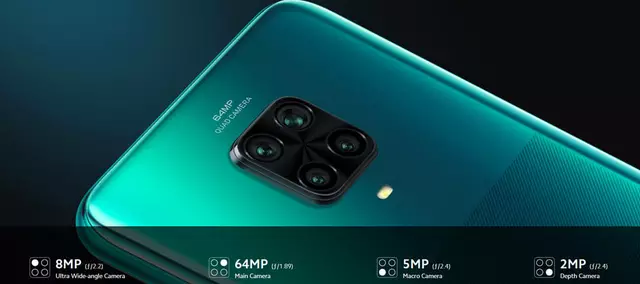Dadasaheb Phalke – The Man Who Started Indian Movies
If you ever wonder who gave India its first movies, the answer is Dadasaheb Phalke. He wasn’t a Hollywood star; he was a school teacher turned inventor who loved storytelling. In 1913 he released Raja Harishchandra, the country’s first full‑length feature film. That single movie sparked an industry that now makes thousands of films a year.
Early Life and First Film
Phalke was born as Dhundiraj Govind Phalke in 1870 in a small town in Maharashtra. He studied art, photography, and even dabbled in engineering. Those skills later helped him build his own camera lenses and set designs.
When he heard about the Lumière brothers’ moving pictures, he felt a fire inside. He traveled to London, learned about film techniques, and returned home with a mission: to make Indian stories move on screen. He wrote, directed, acted, and edited Raja Harishchandra almost single‑handedly.
The film told a well‑known myth about a king who never told a lie. Audiences were stunned – they had never seen their own legends animated before. Even though the film was silent, musicians played live in the theatre, adding drama and emotion.
Why His Legacy Matters Today
Phalke didn’t just make one movie; he built a template. He showed that Indian audiences wanted stories from their own culture, not just foreign imports. After his success, a wave of filmmakers popped up across the country, forming what we now call Bollywood.
He also introduced practical tricks that are still used. For example, he used painted backdrops to create grand palaces and invented simple special effects for fire and rain. Modern directors still rely on those basics when budgets are tight.Every year, India celebrates his birthday as "National Film Day" and awards the Dadasaheb Phalke Award to the most outstanding film personalities. That award reminds everyone that the industry’s roots are humble but powerful.
Today, if you watch a big‑budget action movie or a soulful drama, you’re seeing Phalke’s influence. He proved that a story told with heart can cross language barriers, and that lesson still guides filmmakers who aim for global audiences.
So next time you press play on a Bollywood blockbuster, remember the teacher who built the first camera with his own hands. Dadasaheb Phalke’s name may not appear in every film credit, but his spirit lives in every frame of Indian cinema.



